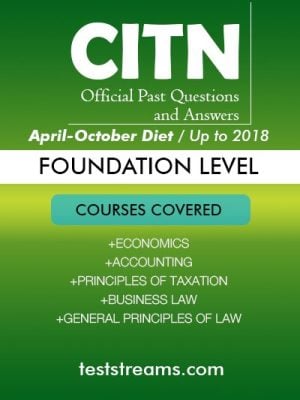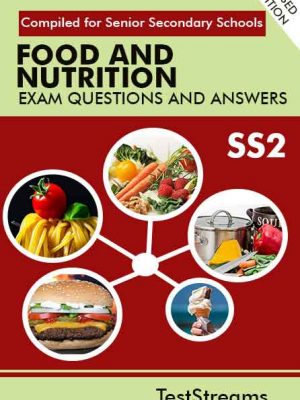| Weeks | SS1 | SS2 |
| 1. | REVISION OF FIRST AND SECOND TERM’S WORK (i) Acids-Definition, organic and inorganics acids (ii) Practical on Acids using milk, ripe and unripe fruits | REVISION/ WATER (i) Sources of water, types of water, water pollution and uses of water |
| 2. | CONCENTRATED AND DILUTED ACIDS Weak and Strong acids Characteristics, properties preparation and uses of acids | WATER (CONT’D) Structure of water, cause/removal of hardness of water, Laboratory preparation of water and test for water, municipal water-purification, Production of distilled water and Excursion of Water workd |
| 3. | BASES (i)Definition and examples (ii) Soluble and insoluble bases (Alkalis as soluble bases) with example (iii) Characteristics/Properties; Preparation and uses of bases | SOLUBILITY: BASIC CONCEPT (i) Solute, solvent and solution, saturated, unsaturated and super saturated solutions ii) Solubility of different solution iii) Calculations bases on solubility iv) Uses of solubility |
| 4. | SALTS – Definition and examples – Classification of salts into solube and insoluble salts with examples – Colours of salt, Types, Preparation and properties of salt, -Recovery of salt from solutions, Hydrolysis of salt | MASS/VOLUME RELATIONSHIPS i. Mole, molar quantities ii. Relative Density and Relative Molecular Mass iii. Standard Temperature and Pressure (STP) iv. Calculation involving mass and volume |
| 5. | -Relative Acidity and Alkalinity ( ThePH Scale) -Calculations of PH and pOH -Indicators-types and uses -Reaction of substances on exposure to air -Hygroscopy- Deliquence and efflorescence -Drying Agents-Definition and examples | ACID/BASE REACTION i. Simple acid/base titration ii. Common indicators and their Ph range iii. Heat of neutralization (introduction) iv. Calculation on acid-base titration |
| 6. | CARBON – Structure and Allostropes of Carbon – Types of carbon with examples -Different between diamond and graphics in terms of structure properties and uses -Coal: types, destructive, distillation of coal and uses of the products. – Coke: classification and uses | HYDROCARBON I) Structure and valency of Carbon ii) Hydrocarbon- sources of Hydrocarbon iii)Classification of Aliphatic Hydrocarbon iv) Terminologies in organic chemistry: catenation, homologous series, isomerism |
| 7. | OXIDES OF CARBON (i) Carbon, (ii) Oxide and Carbon (iv) Oxide-preparation, properties and uses (ii) Differences between the oxides (iii) Practical test for Carbon (IV) oxide | SATURATED HYDROCARBON (ALKANES) i) Nomenclature ii) Preparation, properties and uses |
| 8. | TRIOXOCARBONATES (IV) (i) Occurrences, preparation and use (ii) Trioxocarbonate(IV) acid- preparation, properties and uses (iii) Test for Trioxocarbonate(IV)ion,CO32 | UNSATURATED HYDROCARBON (ALKENES) -Nomenclature -Preparation, properties and uses |
| 9. | HYDROCARBONS (i) Introduction, sources and classes of hydrocarbons (ii)Crude Oil and Natural gas- fractions and economic importance of fractions (iii) Importance of Hydrocarbons | UNSATURATED HYDROCARBON (ALKYENES) – Nomenclature – Preparation, properties and uses -Aromatic Hydrocarbons – Benzene structure and properties |
| 10. | CHEMICAL INDUSTRIES -Types of Chemical industries -Importance to the individual and nation -Excursion to Chemical Industries | Alkanol – Types and properties -Preparation and properties of Alkanols -Industrial production of Alkanols by fermentation |
| 11. | REVISION | REVISION |
| 12. | EXAMINATION | EXAMINATION |









